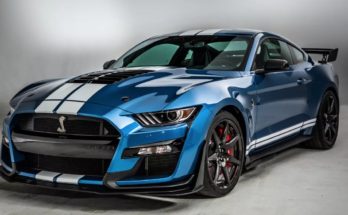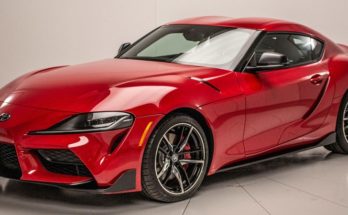Before the term “hybrid” was commonly used, Ford created a vehicle that would have taken to the word instantly. The Ford Ranchero was created to bridge the divide between pickup truck and station wagon, with the ability to go from a practical vehicle to a Sunday drive vehicle with no prep time needed. It is noted as being the first post-war American vehicle to combine elements from a sedan and a pickup. It also paved the way for another company to create their own version, Chevrolet’s El Camino.
The Ranchero was so popular that the vehicle went through seven generations before it was deemed past its prime. From 1957 to 1979, it sold quite well, and not just in North America. It was also popular around the world in places like Argentina, South Africa, and Australia. For the first generation it was produced only in North America, in Ohio, but as it continued to do well, factories popped up both in America (Georgia), as well as other countries like Canada and Argentina. By the end of its run, however, it was back to being produced only in Ohio.
Interestingly, it appealed to the general public as well as those involved in the vehicle industry, with a slogan of “More than a car! More than a truck!” The Ranchero’s name and design were created to play on an American Southwest theme, in an effort to advertise it as a utility vehicle to ranchers, farmers, and the like. The Ranchero was indeed roomier than even some larger pickups, and also came with a larger windshield, with a bigger selection of colors, giving credence to the idea that everything was indeed bigger out West.
Being well-known around the world, the Ranchero went by several different names as it got older, including the Meteor Ranchero in Canada, the Falcon in Australia, and the Fairlane (third generation) in the United States. While the overall design did not change very drastically, the seventh generation Ranchero looked markedly different from the original Ranchero. There were fewer curves and more hard lines, and had more in common with the Ford Thunderbird and Mercury Cougar than the original’s connections to the Ford Durango and Torino. Part of the issue is that there were several more regulations on vehicle sizes, and in order to meet those, the Ranchero had to give up the reason it had been created in the first place.
Though the El Camino is more collectible, there are plenty of people who are still on the lookout for the Ford Ranchero. While there aren’t as many miniature kits available as there are for more classic cars, Revell has offered a few over the years, and AMT/ERTL has one of the 1961 Ranchero available. Hot Wheels also had a model for sale for a while, as did Tonka, but it seems Ford’s groundbreaking utility vehicle is one of those “you had to be there” cars.
The idea of this type of hybrid is still around, but it remains to be seen if Ford will ever reissue the Ranchero.


